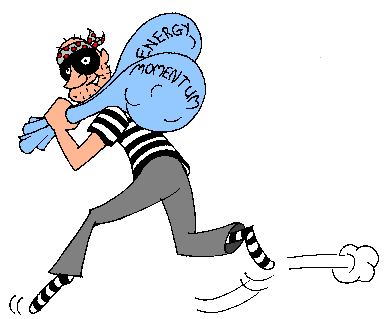According to the laws of physics, every interaction obeys the Principle of Conservation of Energy and the Principle of Conservation of Momentum.
However, in the case of nuclear reactions, upon doing experiment, it was found that both energy and momentum were not conserved!
So where did this energy and momentum go???

In 1931, Austrian physicist Wolfgang Pauli proposed that a third particle must also be emitted to carry away the missing energy and momentum. This particle became known as the Neutrino (v).
The neutrino (v) only interacts very weakly with matter and was not detected experimentally until 1956, by Cowan and Reines. |

